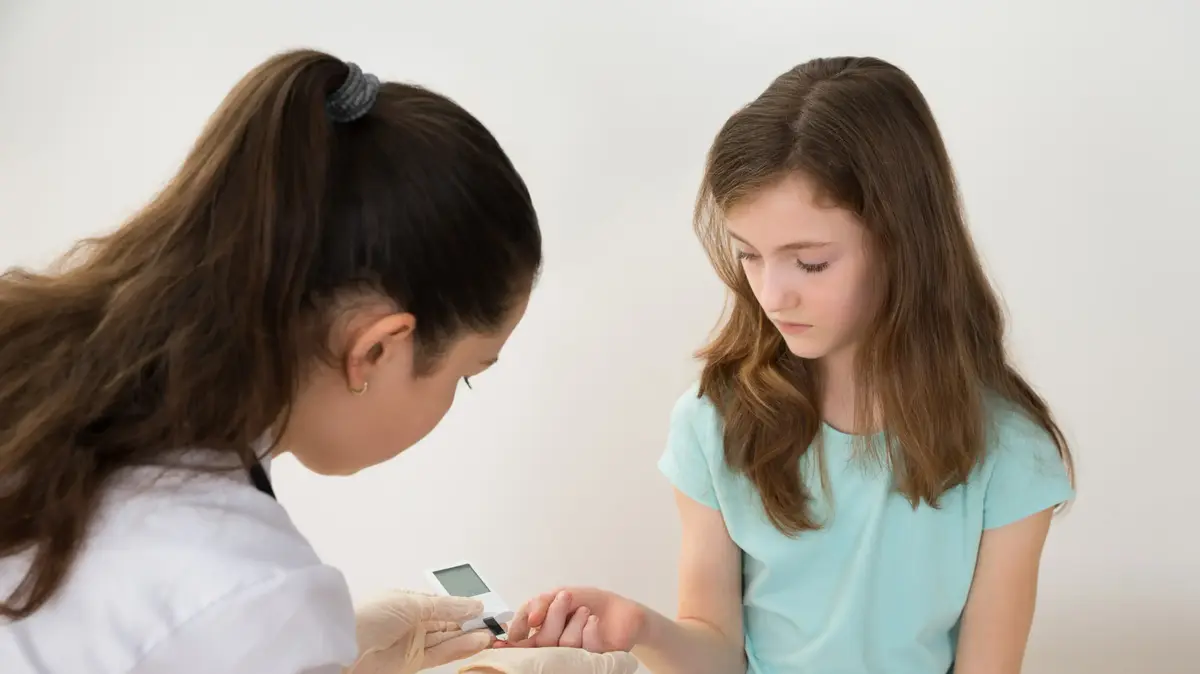The gene-editing techniques that have been revolutionizing medicine since 2016 could also be used to treat common heart diseases, the leading cause of death in humans, according to a study published Thursday by one of the world's leading scientists, Dr. American Eric Olson.
His team has managed to modify two letters of the approximately 3,000 million that make up the DNA of a mouse, a sufficient change to silence a protein linked to a multitude of cardiovascular problems.
Olson is cautious, but stresses the potential advantages of this new strategy: “Heart cells last a lifetime.
It is to make the change once and that's it ”.
DNA is like a recipe book for making proteins, the tiny machines that carry out the main tasks in a living being: carrying oxygen through the blood, fighting viruses, digesting food.
That instruction manual is written with four letters repeated millions of times: ATGGCGAGTTGC… Each of these letters is simply the initial of a chemical compound with different amounts of carbon, hydrogen, nitrogen and oxygen: adenine (C₅H₅N₅), cytosine (C₄H₅N₃O) , guanine (C₅H₅N₅O) and thymine (C₅H₆N₂O₂).
Olson's group has used "a fine point pen" to change an A to a G a couple of times. And the recipe is no longer the same, just like writing sweet potato instead of potato.
The story of this
pen
ultra-precise data dates back to 2003, when the Spanish scientist Francis Mojica discovered by chance that some microbes from the Santa Pola salt pans in Alicante used molecular scissors to identify invading viruses and cut their genetic material.
Mojica himself, from the University of Alicante, named this mechanism CRISPR.
The French biochemist Emmanuelle Charpentier and the American chemist Jennifer Doudna realized in 2012 that these microbial scissors could be used to modify the DNA of any living being and ended up winning the Nobel Prize in Chemistry for it.
Eric Olson's team has now used one of the most precise versions of these CRISPR tools, the so-called base editors, invented in 2016 by the American David Liu,
Liu himself applauds the new experiment.
“It's a clever and exciting use of base editors.
It raises the possibility of not only treating certain types of heart disease, but also preventing its development spontaneously or after injury," Liu explains by email.
Until now, the first and rudimentary CRISPR techniques had focused on trying to correct point mutations that cause rare diseases.
“The Olson lab study helps broaden the therapeutic applications of base editors beyond just treating a single gene mutation,” Liu celebrates.
Details of the experiment are published Thursday in the journal
Science
.
The Spanish biologist Xurde Menéndez Caravia, in his laboratory, in Dallas (United States).UTSW
Eric Olson, from the University of Texas Southwestern Medical Center, explains his research to this newspaper by videoconference from Dallas, accompanied by a Spanish colleague from his laboratory, biologist Xurde Menéndez Caravia, co-author of the new study.
“This is the first proof of concept and the results are very good.
The technique appears to be safe in mice.
Now we have to explore the possible long-term effects”, says Menéndez Caravia, born in the Asturian town of Quintes 32 years ago.
The researchers have modified the recipe for the protein called CaMKII delta, whose hyperactivation causes various cardiovascular problems, such as arrhythmias, heart failure or damage to the heart muscle after a myocardial infarction.
By changing two letters in the recipe, the resulting protein is not hyperactivated.
Olson's team used this technique in mice with cardiac damage after a heart attack, a phenomenon known as ischemia-reperfusion injury.
The rodent organ recovered its function after genetic editing of its cells, by introducing the base editors on board of specific viruses.
“Being a therapy aimed at large population groups, it would be a revolution.
We are talking about myocardial infarctions: potentially millions of people could be treated with this technique”,
The American company Verve Therapeutics already employs a similar strategy to inactivate a gene associated with high levels of bad cholesterol.
The company began a clinical trial in people in July, after obtaining promising results in monkeys.
The difference, Eric Olson explains, is that Verve Therapeutics uses base editors to completely turn off a gene, while his team uses them to subtly correct its function.
David Liu himself has founded a company, Beam Therapeutics, which began a trial with database editors in November in patients with sickle cell anemia, an inherited disorder of the red blood cells.
Gene editing is the third revolution in medicine, after surgery and drugs."
Javier Limeres, cardiologist
Olson admits the limitations of his study.
“Will it work on animals other than a mouse?
We have not tested it on monkeys or, of course, on humans.
We need to make sure that the therapy is effective and safe.
It is necessary to examine its long-term effects, because once the change is made, it is forever”, acknowledges the scientist.
Geneticist Lluís Montoliu, from the National Center for Biotechnology, stresses his astonishment at database editors.
“It is a magnificent idea from David Liu from 2016 and, in just six years, we are already talking about applications in animals and even in people”, he celebrates.
Montoliu recalls that the base editors have just saved the life of Alyssa, a British girl who suffered from very aggressive leukemia and was treated with donor white blood cells modified with the revolutionary
fine-point pen
.
David Liu's lab constantly improves its base editors, regularly coming up with new, more accurate versions, to the point where geneticists around the world hardly have time to keep up, Montoliu notes.
The Spanish researcher, however, stresses that the technique is still not perfect and produces some unwanted letter changes, as has occurred in Eric Olson's mice, although apparently without adverse effects.
The cardiologist Javier Limeres is also very cautious.
In his hospital, the Vall d'Hebron in Barcelona, they have investigated molecules that managed to reduce cardiac damage due to ischemia and reperfusion in mice and even in pigs.
"There were very positive data, but when these molecules were tested in humans, the results were not the same," laments Limeres, president of the Familial Heart Disease and Cardiovascular Genetics Section of the Spanish Society of Cardiology.
The doctor, however, acknowledges his enthusiasm: “Gene editing opens up a spectrum of very large possibilities.
I think it is the third revolution in medicine, after surgery and drugs”.
You can follow
MATERIA
on
,
and
, or sign up here to receive
our weekly newsletter
.

/cloudfront-eu-central-1.images.arcpublishing.com/prisa/MWAYOM6OKJGUZL2NRVXJYH7W5Q.jpg)






/cloudfront-eu-central-1.images.arcpublishing.com/prisa/ZV3HRONFCNGOLA37LDSKYTU2VY.jpg)
/cloudfront-eu-central-1.images.arcpublishing.com/prisa/564D4XTP5NBPRG63TSR23SF7YQ.jpg)




